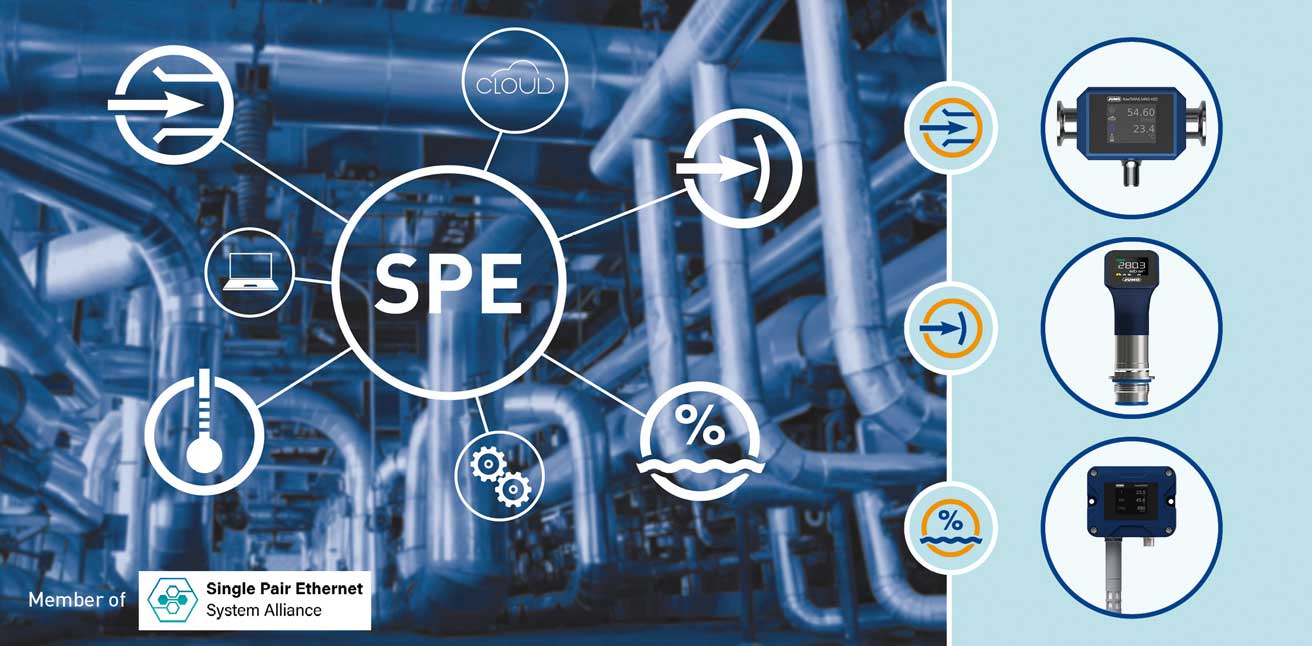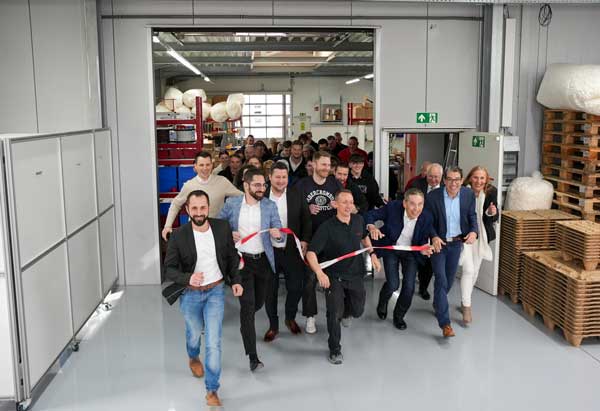Industry News: News and other company news
Industry news from the companies
- Details
- Category: Automotive development for emobility, autonomous and conventional
- Hits: 13512
Just that Electric cars and hybrid vehicles place particularly high demands on the cable set and the Lines, which are only comparable to a limited extent with the usual on-board electrical systems. So must these Cables Due to high voltages of up to 1000 volts and correspondingly high currents, they can withstand significantly higher temperatures than their predecessors. BASF Polyurethanes made for robust cable sheathing the range of thermoplastic polyurethanes (TPU) has been expanded to include Elastollan 785 A 10 HPM (high performance material).
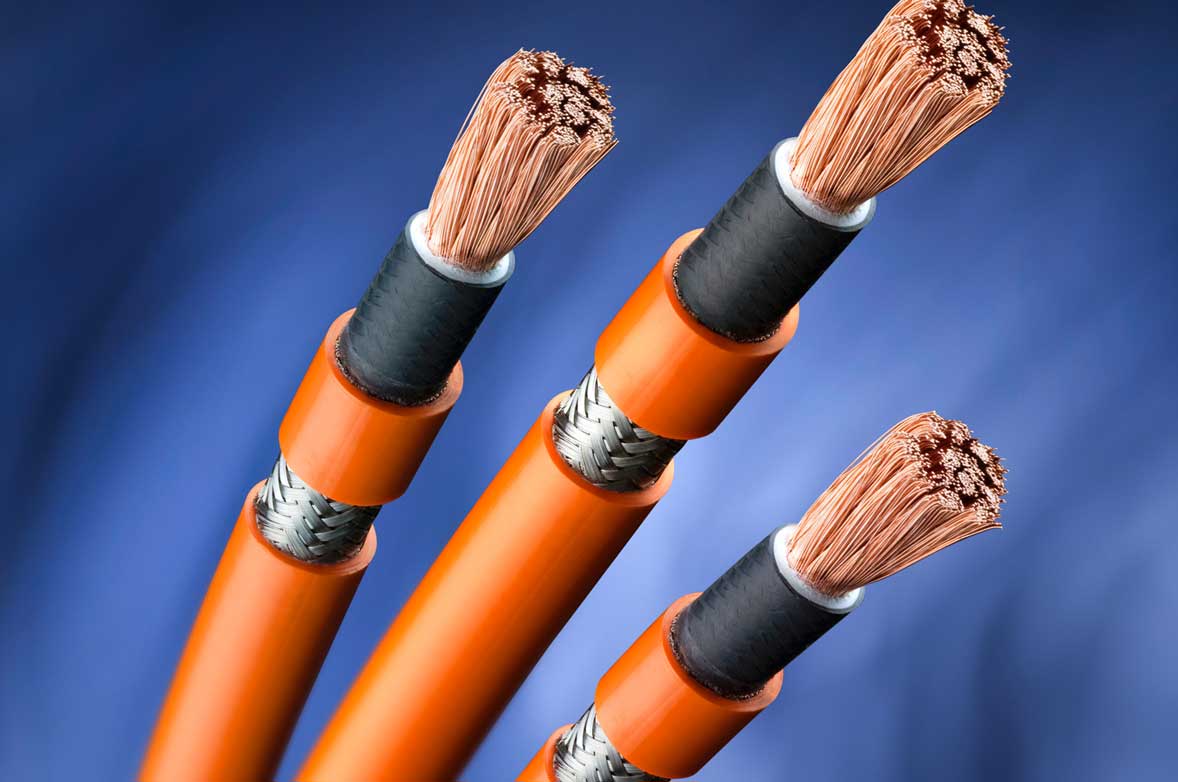
Content of the technical article
- Cable sheathing grows with requirements
- Carmakers raise benchmark
- TPU in use at leading cable manufacturers
To meet the more stringent requirements Automotive cables To be sufficient for electric cars and hybrid drives, the researchers in Lemförde had to develop a new TPU manufacturing process as well as use tried and tested, higher quality materials for the selection of raw materials and stabilizers. In this way they managed to achieve a good build-up of the polymer structure in combination with a very effective resistance to external influences.
Cable sheathing grows with requirements
For many years now, products from the Elastollan 11 series have been performing well as cable sheathing for cables and connectors in automobiles, including lines for the ABS- and the ESP-System. Types known on the market are, for example, 1185 A 10, 1185 A 10 M and 1195 A 10. The flexible materials can withstand high mechanical loads, are vibration-proof, abrasion-resistant and chemical-resistant and guarantee high functional reliability. Thanks to these properties, they were able to establish themselves particularly in the area close to the axle, in wheel arches, in the engine compartment and in installation spaces close to the transmission. When it comes to battery cables, too, designers value the TPU, which can be supplied in a halogen-free, flame-retardant version if required.
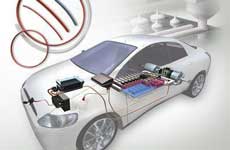 Seals for batteries, drive components and on-board systems
Seals for batteries, drive components and on-board systems
With the Elastollan 785 A 10 HPM This range of services, which has been optimized for the sheathing of automotive cables, is now also available for the high temperatures in electric / hybrid cars. In addition to the significantly better temperature resistance compared to the products of the 11 series, the TPU is characterized by a significantly lower compression set - with otherwise similar mechanical properties.
Carmakers raise benchmark
Following the trend towards electric or hybrid vehicles, but also because of the ever higher temperatures in classic vehicles with gasoline or diesel engines, the German automobile manufacturers have agreed to use temperature class D of the German LV 112 standard. She writes a passing of the usual for cables Wrap tests even after 3000 h of hot air aging at 150 ° C. According to the previously required temperature class C of ISO 6722, it was sufficient, depending on the installation space, for the cable sheaths to withstand hot air aging at 125 ° C for 3000 hours.
Compared to ISO 6722, LV 112, which is now predominantly used, also makes it more stringent with regard to hydrolysis resistance at high temperatures. If ISO 6722 is satisfied with 1000 hours at 85 ° C and 85% relative humidity, LV 112 also requires a service life of 3000 hours.
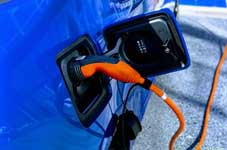 Polymer specific solutions for e-mobility
Polymer specific solutions for e-mobility
The other requirements for cable sheathing are almost identical in both sets of rules and regulated in this standard materials available today. These include resistance to cold, chemical resistance and inhibition of fungal growth and compatibility with other materials contained in the harness as adhesive tapes, heat shrink tubing and connectors.
The Elastollan 785 A 10 HPM meets the requirements of Temperature class D. as well as the stricter regulations of LV 112 for resistance to hydrolysis. alternative plasticsthat show a comparable performance in this respect are either considerably more expensive because they come from even higher temperature classes, or they are more complex and therefore more costly to process. The latter is especially true for networked Materials, which also have the disadvantages that they are not recyclable and when spraying Plugs and grommets cause problems with water resistance.
Standard specifications far exceeded
In Long-term trials In hot air at 150 ° C, the Elastollan 785 A 10 HPM largely retains its high strength even after 3000 h at 150 ° C. The elongation at break drops to 200% after this time, but is still far above the value required by LV 112. To pass the cable test prescribed here, an elongation at break of around 50% is sufficient.
Also according to the one also required by LV 112 aging for 240 h at 175 ° C and even after 6 h at 200 ° C Elongation at break of the Elastollan 785 A 10 HPM with 610 or 530% still far on the safe side. In comparison, the tensile strength drops much more at the higher temperatures. However, this is less relevant for cable applications, as the strength of the cable is determined by the conductor materials and the shielding.
When stored in hot air at 85 ° C. with a relative humidity of 85%, the elongation at break of the material even increases from 3000 to 690% over the period of 840 h. The residual strength after this long-term exposure is still 20 MP.
TPU in use at leading cable manufacturers
At leading automotive cable manufacturers, customer tests are currently being carried out with the new cable sheathing, and in many cases its specification and qualification stands for high temperature-Cable applications just ahead. For cable manufacturers, the behavior in the winding test is decisive. To do this, they wrap a finished cable after hot air aging or storage in hot, moist air around a mandrel with about the same diameter as the cable. The test is considered to have been passed if the cable shows no cracks, no deformations, no sticking and no excessive color changes. The data determined in the laboratory of BASF Polyurethanes on S2 standard test rods are fully confirmed in their statements by the practical tests.
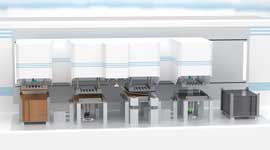 Facts and components from and for battery production
Facts and components from and for battery production
Following the Wrap test the cable manufacturers also carry out electrical tests. The specific volume resistance of the insulation in one percent salt water must be at least 109 W · m. Finally, a minute, a voltage of 1000 V (or V 5000 with larger cross sections) is applied, may occur with no breakdown. Also these tests the Elastollan 785 A 10 HPM keeps even after hot air aging at 3000 h ° C or 150 3000 hours at ° C and stood 85 85% relative humidity.
The TPU cable Future
In addition to the "soft" Elastollan 785 A 10 HPM with a Shore A hardness of 85, BASF Polyurethanes also offers this significantly harder Elastollan 754 D 15 HPM (Shore D hardness 53). In contrast to the softer product, which is recommended for larger wall thicknesses, as occurs with sheathed or battery cables, the Elastollan 754 D 15 HPM is suitable for very thin core insulation. Although this product currently achieves the resistance in moist heat required by ISO 6722 for 1000 hours, it still has to pass the 3000 hours of the stricter LV 112. The scientists in the laboratory are working to fix this as soon as possible.
A further research focus can also be formed if necessary halogen-free, flame-retardant settings of the HPM family. Color masterbatches and metal deactivator masterbatches are already available, which enable the materials to be adjusted to suit the application.
Electric cars make way not only represents an important market for the new HPM family, but also open up the existing 11er series a promising future TPU cable. When the charging cable sheathing the flame-resistant products of this series will play a more important role in ensuring the electric mobility.


